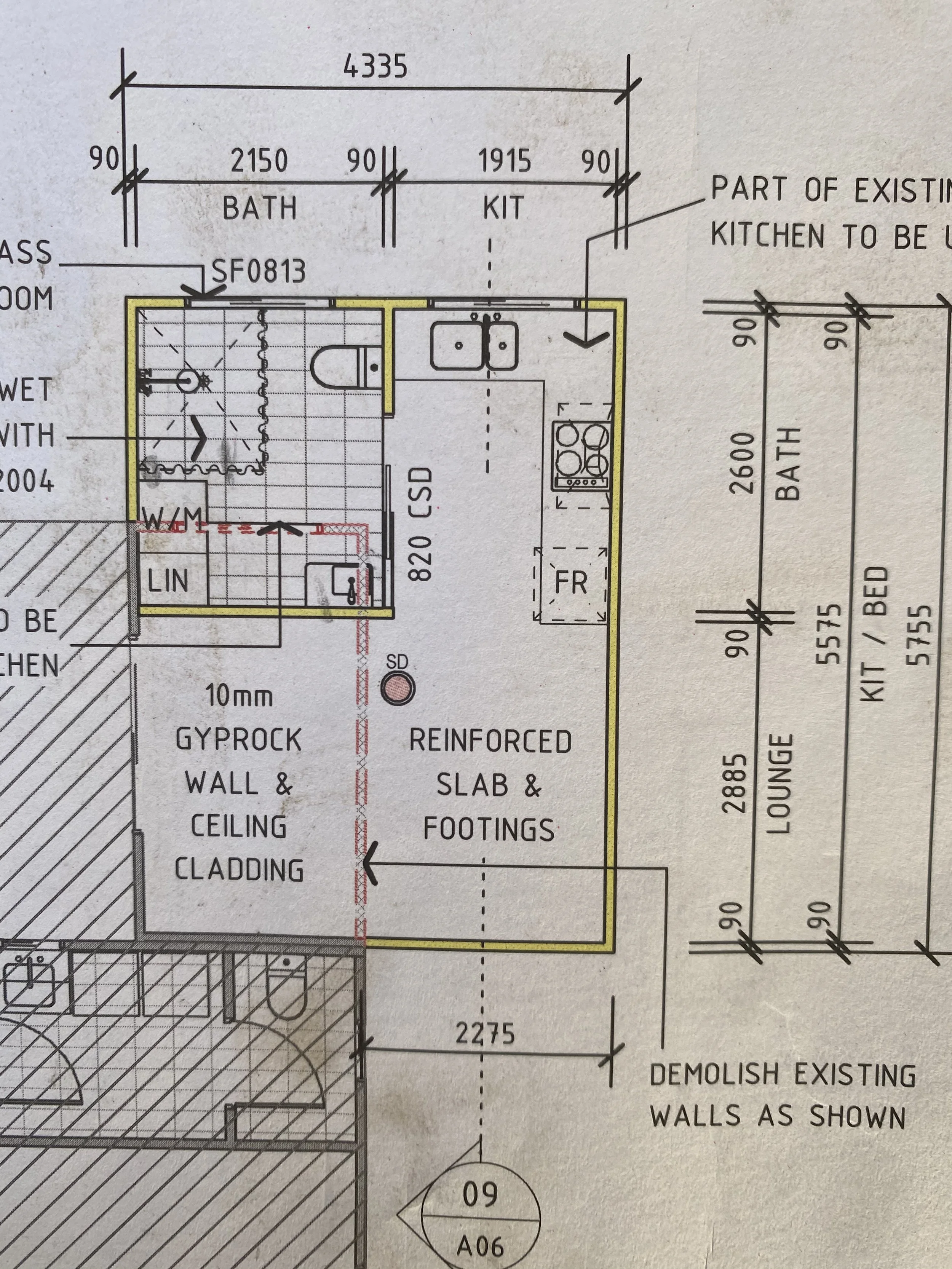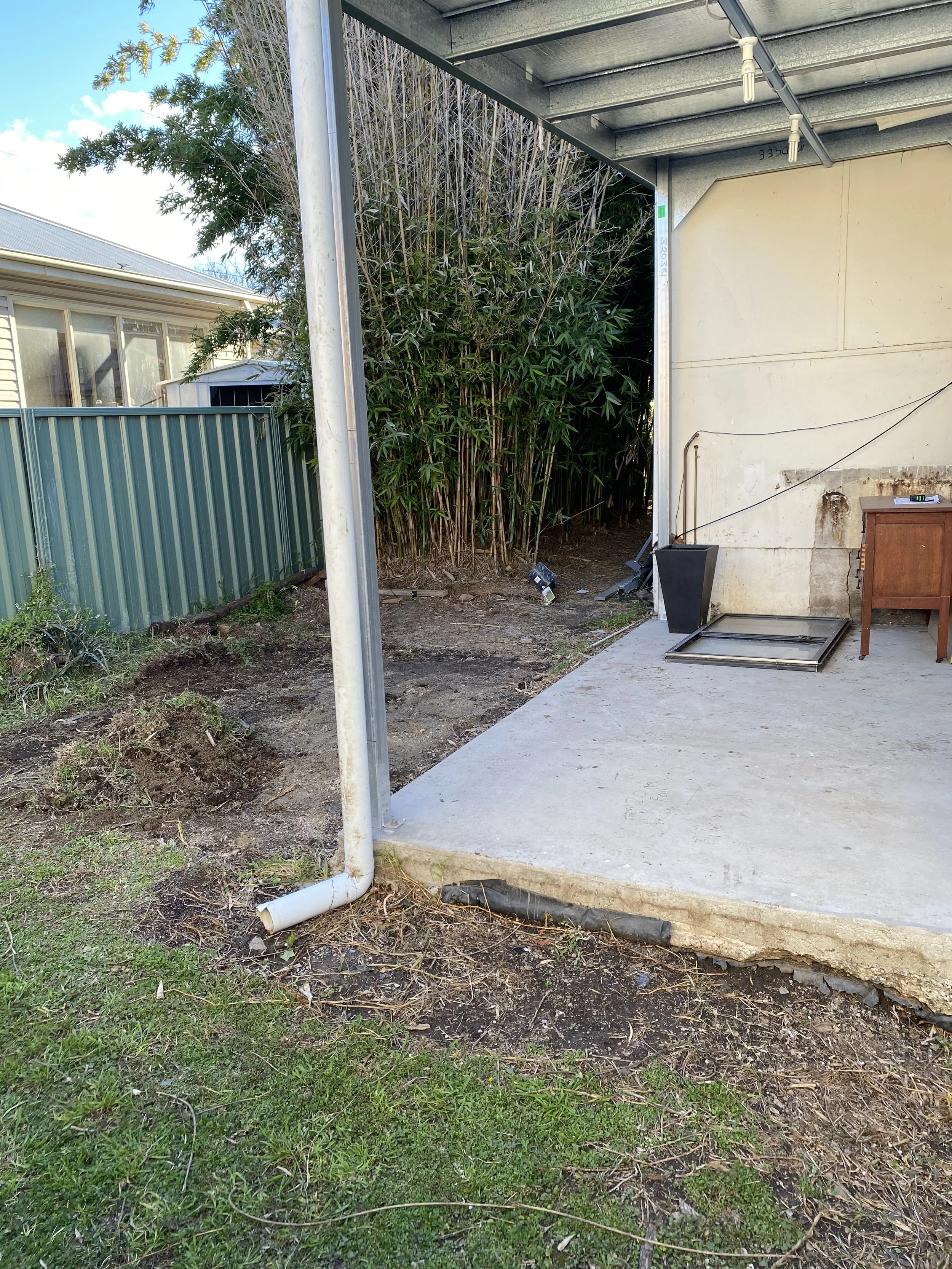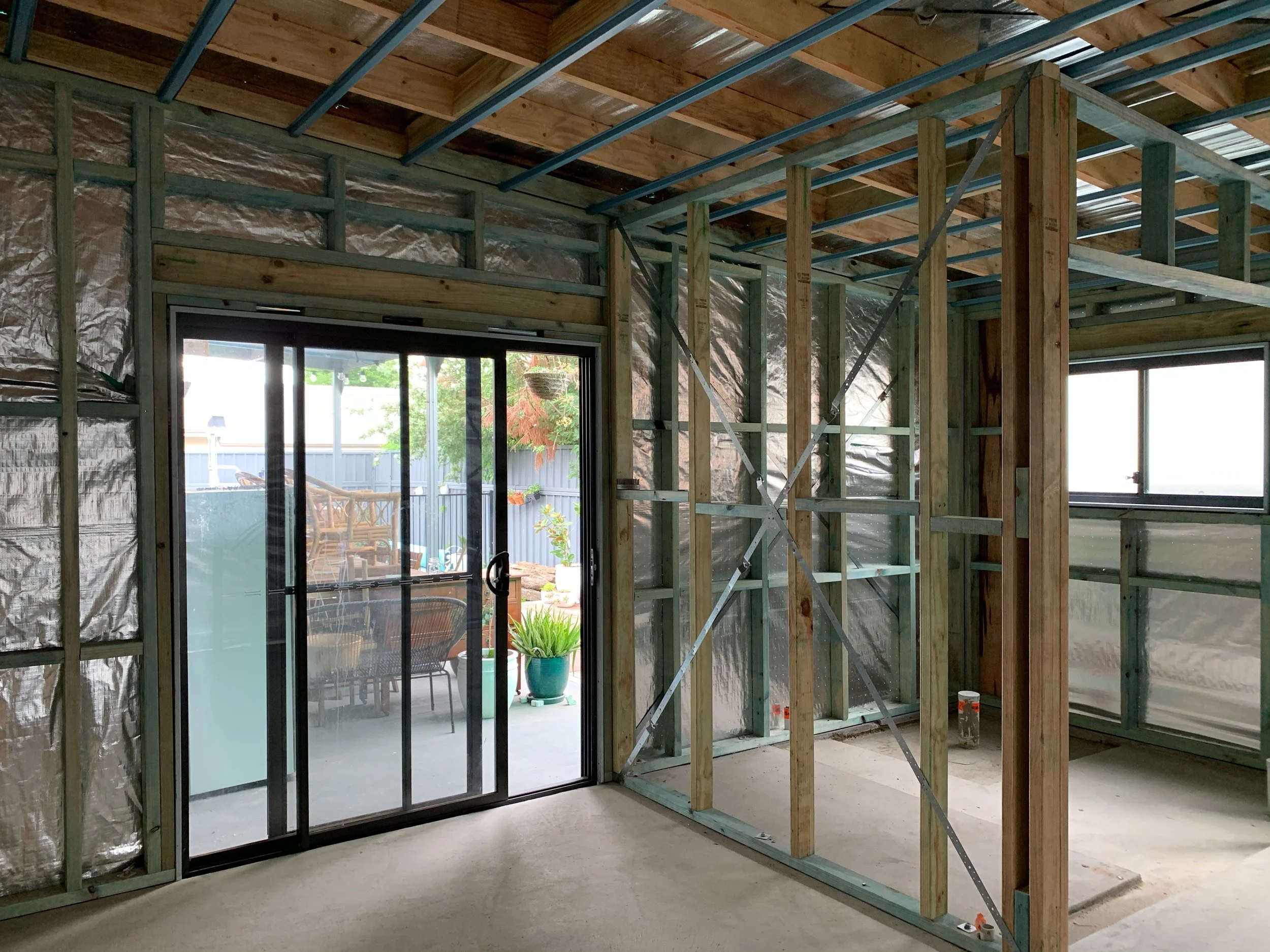My Tiny House Airbnb Journey: Budget Build, High Occupancy & 18-Month ROI
Tiny House
When I first became curious about Airbnb hosting, I couldn’t shake the idea of creating a tiny house Airbnb. Tiny homes are charming, energy efficient, and full of personality and travellers love staying in a space that feels unique and thoughtfully designed.
I decided to transform an unused space at the back of my property into a cozy, stylish short-term rental that could generate passive income and help me reach financial goals faster.
In 2020, when COVID cancelled a long awaited overseas trip with my daughters and grandson, I put that holiday fund into a smarter investment: building my own tiny house Airbnb for $40,000. That single decision helped me recover my investment in just 18 months and gain Airbnb Superhost status along the way.
This blog will walk you through my exact cost breakdown, how I designed the space on a budget, and the strategies that helped me maintain a 75% occupancy rate from the beginning so you can confidently start your own tiny home hosting journey too.
How Much Does It Cost to Build a Tiny House Airbnb?
Complete cost breakdown + money-saving ideas for hosts
I set a firm $40,000 budget and divided it into two categories:
✔ Construction
✔ Furnishings & amenities
Here’s what I spent and how I saved:
Tiny House Plans
1. Construction Costs — $30,000 Total
FeatureCostNotesFoundation$3,000Simple concrete slab to keep costs lowFraming & Exterior$8,000Built as an extension to existing structure, reusing windows & doors Plumbing & Electrical $6,000 Sewer already in place + friend helped with plumbing Interior Finishes $8,000 DIY paint & flooring saved thousands Labour$5,000 Hired pros only for skilled trades
Money-Saving Tip: Before building, check whether you can utilise existing structures it can significantly reduce material and labour costs.
2. Furnishings & Amenities — $10,000 Total
Comfortable, stylish + built for 5-star reviews
I wanted guests to feel like they were staying in a boutique retreat without overspending.
Living Area
• Sleeper sofa: $500
• Smart TV (32”): $750
• Shelving: $150
Kitchen
• Small fridge: $500
• Microwave: $50
• Hotplate, countertop oven, rangehood, sink: $900
• Tap + cabinets/countertops: $1,400
• Kitchen basics: $200
Bathroom
• Shower + tap set: $900
• Vanity: $200
• Toilet: $800
• Towels + essentials: $400
Bedroom / Loft
• Queen mattress & base: $1,600
• Bedding & pillows: $700
• Storage: $150
Decor + Outdoor
• Rugs/curtains: $500
• Art & plants: $100
• Outdoor seating: $200
Design Tip: Focus on cozy textures, layered lighting, and a “wow moment” in photos to boost booking appeal.
For related Blog Posts we think you may be interested in click the links below.
Main House Where Tiny House Will Be Built
Marketing My Tiny House Airbnb for High Occupancy
To stand out in a competitive market, I focused on guest experience + professional presentation.
Professional Photos
The photographer highlighted cozy corners, bright natural light, and outdoor relaxation spaces essential when marketing small Airbnb spaces.
Story Driven Listing
I framed the tiny home as:
• Eco-friendly + energy efficient
• Close to wineries, boutique stores, nature trails
• Perfect for romantic getaways and solo escapes
Smart Pricing Strategy
I launched at $99 per night to build reviews fast.
Once I earned Superhost status in 3 months:
Pricing increased to $130–$150 per night based on demand.
How My Tiny House Airbnb Earned $40,000 Back in 18 Months
Metric Result Average Nightly Rate $135 Average Nights Booked Monthly 22Monthly Gross Revenue $2,97018-Month Gross Revenue $53,460 Estimated 18-Month Expenses~$4,500 Net Profit~$49,000
Investment fully recovered plus extra profit in the first 18 months!
Now, the tiny house earns reliable passive income every month.
My daughter Helping Me Paint
Why Tiny House Airbnbs Perform So Well
✔ High demand for unique & Instagrammable stays
✔ Lower startup investment than traditional STRs
✔ Eco-friendly tourism appeal
✔ Efficient operating costs
Tiny houses attract guests who want something memorable which often leads to great reviews and repeat bookings.
Challenges I Faced (and How I Solved Them)
Frame Is Up View From Studio Overlooking The Outside Yard
Challenge Solution Local building approvals Consulted council before building Budget overages DIY projects + marketplace bargains Guest expectations Transparent listing photos + accurate sizing details
Proactive communication = fewer problems = better reviews
Tips for Anyone Considering a Tiny House Airbnb
If you’re dreaming of launching your first vacation rental, here’s what I recommend:
Create a detailed budget + allow 10–15% for the unexpected
Invest in comfortable bedding and stylish finishing touches
Use automation tools for guest messages, check-in, and pricing
Highlight the experience not just the space
Make local recommendations part of the stay
Most importantly: start with the guest in mind, and the profits will follow.
Completed Studio / Tiny House Kitchen
Final Thoughts
Building my tiny house Airbnb has been one of the most empowering decisions I’ve ever made. It brought financial freedom, unforgettable guest connections, and a space I’m proud to share.
If you’re considering building a tiny house Airbnb business, I hope my experience shows that a small space can lead to big success with the right planning, passion, and creativity.
Cost Disclaimer
Prices reflect what I paid in 2020. Always research current material and labour costs for your area and look for second-hand options to stay within budget.
I’m happy if you would like to reach out to me and ask any other questions I didn’t cover in this blog.
Happy Hosting!







